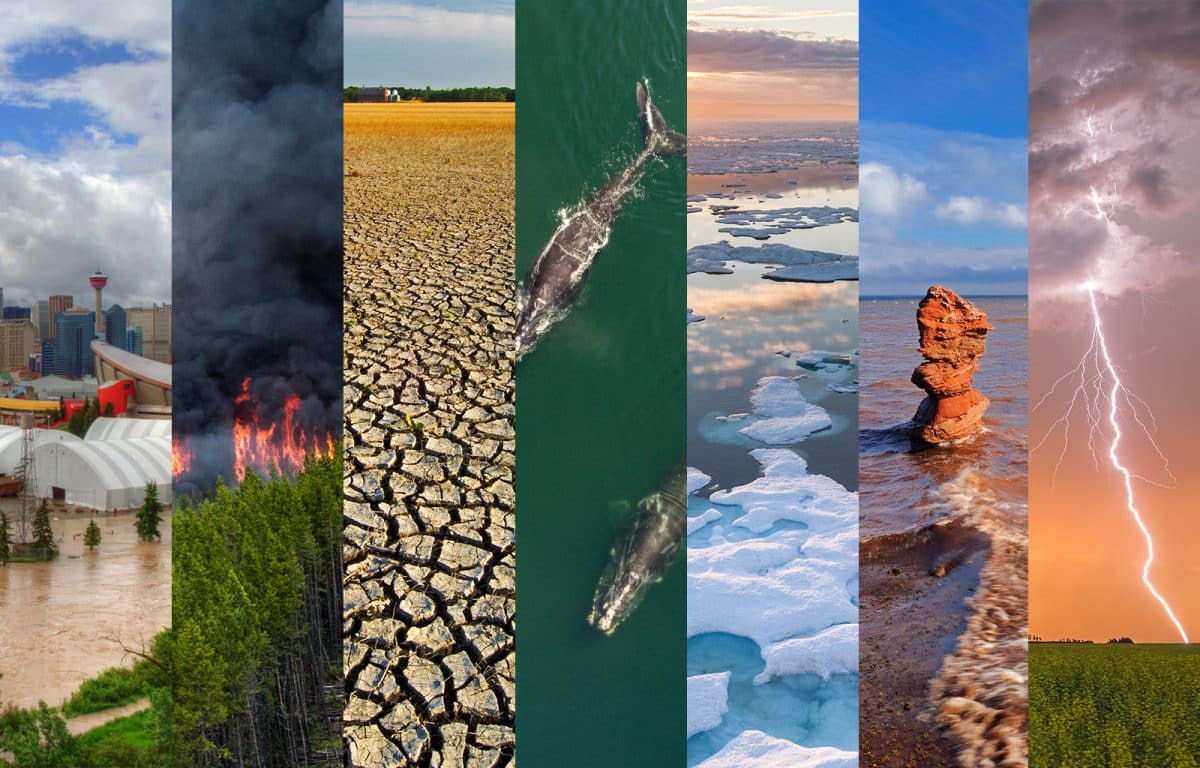Science
CLIMATE: India, France, UAE To Work On Climate Change, Biodiversity COP28

NEW DELHI, India — On Saturday, India, France, and the United Arab Emirates signed a trilateral agreement to pursue energy projects focusing on solar and nuclear sources, combat climate change, and protect biodiversity, particularly in the Indian Ocean region.
The countries will hold trilateral events in conjunction with India’s presidency of the Group of 20 rich and developing countries and the UAE’s hosting of the COP28 climate negotiations this year, according to a statement from India’s External Affairs Ministry.

Climate Change Affects Us All
During a phone call, the three countries’ foreign ministers agreed to make a plan for carrying out the initiative. The call followed their September meeting at the United Nations General Assembly on the New York sidelines.
They will deepen their collaboration climate through initiatives such as the UAE-led Mangrove Alliance for Climate and the India-France-led Indo-Pacific Parks Partnership. According to the statement, the three countries agreed to focus on key issues such as single-use plastic pollution, desertification, and food security in the International Year of Millets.
They agreed to look into collaborating with the Indian Ocean Rim Association on projects involving clean energy, the environment, and biodiversity.
We Can Do More To Protect The Climate
The association is a regional forum that brings together government, business, and climate academic representatives from South Africa, India, Mauritius, Australia, Indonesia, Sri Lanka, Malaysia, Tanzania, and other countries.
According to the statement, they will work to make sure that their economic, technological, and social policies are more in line with the goals of the 2015 Paris Agreement to fight climate change and speed up the actions and investments needed for a low-carbon, sustainable future.
SOURCE – (AP)





























